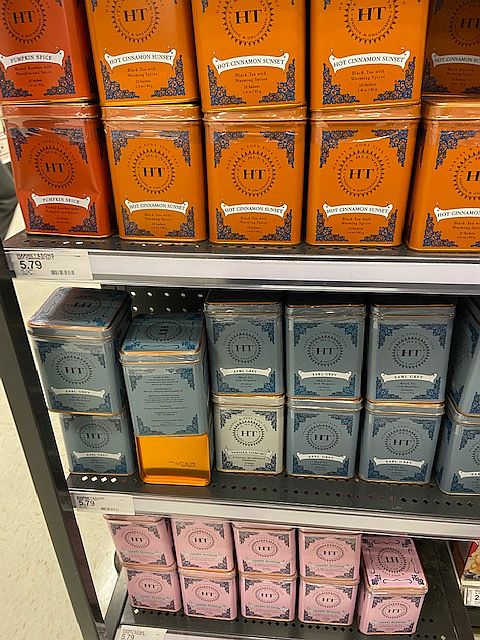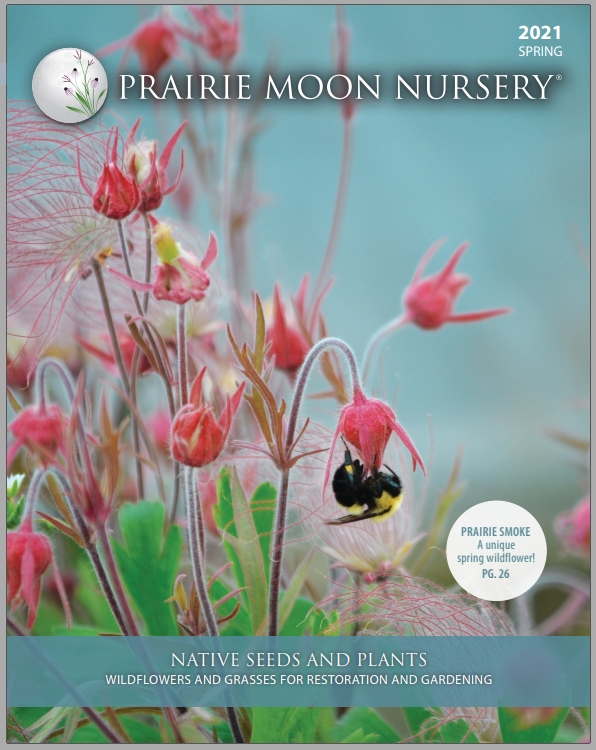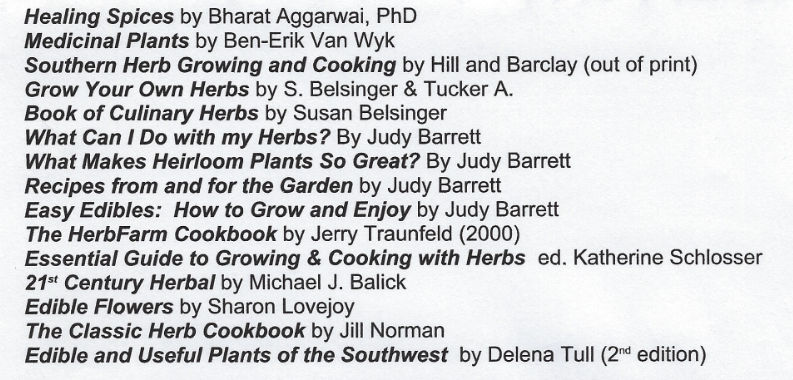  |
| Learn/Explore/Grow with Herbs |
The Hill Country Unit has an established herb garden at the EmilyAnn Theatre and Gardens located on FM 2325 in Wimberley, Texas. Our sensory herb garden was featured on KLRU's Central Texas Gardens in June of 2018.

The Herb Garden at EmilyAnn Theatre

 |
|
Basil Ice Cream Recipe |
|
|
Ingredients:
1 cup basil leaves, hard packed
(I use Genovese or Sweet Basil )
2/3 cup sugar
2 cups heavy cream
1 cup whole milk
1/8 tsp fine sea salt
1/2 tsp vanilla
6 large egg yolks |
 |
|
|
Directions:
In a food processor, pulse together basil leaves and sugar until pulverized.
In small pot, simmer heavy cream, milk, herb sugar and salt til sugar completely dissolves, (5 min).
Remove pot from heat.
In a separate bowl whisk yolks.
Whisking constantly, slowly whisk about a third of hot cream into yolks, then whisk this yolk mixture into
the pot with the cream.
Return pot to med-low heat and gently cook til mixture coats the back of a spoon.
Remove from heat and allow custard to steep for 30 minutes.
Cool mixture to room temperature.
Cover and chill at least 4 hours or overnight.
Pour into an ice cream machine and follow manufacturer's instructions.
Adapted from Melissa Clark
|
|
Member Recommendation

Harney & Sons Fine Teas available at Target

Click on image to link to their website!
|
Book Review by Sara Holland - Read HERE!
|
Books donated by the Hill Country Unit of the Herb Society to the Wimberley Library.
Look at what our Lions Club Grant paid for!
 |
|
COMMON USES FOR THE TOP TEN FAVORITE HERBS
Sweet Basil (Ocimum basilicum): Salads (tuna, greens, potato, egg), use with fresh tomatoes, eggplant, peppers, zucchini, in marinades, or pesto. Works well in combination with tomatoes and mozzarella cheese. Try basil on a sandwich of whole wheat bread with tomatoes and mayo. Also, wonderful in pesto and herb butters.
Common Thyme (Thymus vulgaris): Chicken broth or stuffing, marinades for meat or fish, lamb, veal, sauces, soups, or egg dishes, often used in partnership with tomatoes, works well in oils and butters. Lemon thyme (T. x citriodorus) can be used with fish, in tea, and in salad dressings.
Bay (Laurus nobilis): The bay leaf added at the beginning of cooking soups and stews imparts a deep, rich flavor. The leaf is left whole so it can be retrieved prior to serving. Fresh leaves are stronger than dried.
Common Sage (Salvia officinalis): Sausage, poultry, stuffing, pork, lamb, seafood, vegetables, breads, use as a spice rub for pork chops or pork tenderloin, chopped leaves are great in salads.
Greek Oregano (Origanum vulgare): Use in soups, casseroles, sauces, stews, stuffing, eggs, tomato-based dishes, chili, and pizza.
Chives (Alliums schoenoprasum): Vinegars, soft cheeses, salads, used as a garnish, leaves work well in butters and oils.
Dill (Anethum graveolens): Dill seeds are often combined with onions, cabbage, potatoes, cumin, chili powder, and paprika. Seeds can be added to casseroles, lamb, fish, vegetable dishes, and sauces. Chopped or whole dill weed can be added to soups, stews, casseroles, meat dishes, pasta, eggs and used to enhance sauces, dips, butters and cheeses.
Parsley (Petroselinum crispum): Soups, stews, gravies, salads, meat and potatoes, used as a garnish and a breath freshener. Be generous with this herb in tomato dishes
Rosemary (Rosmarinus officinalis): Lamb, venison, poultry, soups, stews, fish, tomato sauces, vegetables, marinades, can be used as skewers for vegetables and meats on the grill, works well in a trio with sage and thyme, or with garlic and thyme, tastes great on steamed red potatoes or peas.
Lavender (Lavandula spp.): Beverages, an ingredient in herbes de Provence blends and in a variety of sweet dishes. Lavandula angustifolia is best for culinary use and flowers should be harvested just prior to opening and dried before use. Infusions can be made with fresh flowers and used in recipes. Use 1 cup fresh lavender flowers to 3 cups distilled water, in a nonreactive pan, bring water to a boil and pour over flowers; steep for 20 minutes. Strain and set aside.
|
|
| Resources to try: The Herb Society of America's Essential Guide to Growing and Cooking with Herbs, edited by: Katherine K. Schlosser
|
|
|
Definition of an Herb |
|
|
According to The Herb Society of America's New Encyclopedia of Herbs and Their Uses by Deni Bown:
"The term "herb" also has more than one definition.
Botanists describe an herb as a small, seed bearing plant with fleshy, rather than woody, parts (from which we get the term "herbaceous").
In this book, the term refers to a far wider range of plants. In addition to herbaceous perennials, herbs include trees, shrubs, annuals, vines, and more primitive plants, such as ferns, mosses, algae, lichens, and fungi.
They [herbs] are valued for their flavor, fragrance, medicinal and healthful qualities, economic and industrial uses, pesticidal properties, and coloring materials (dyes)."
©Deni Bown, 2001.
Citation: Bown, Deni. The Herb Society of America New Encyclopedia of Herbs and Their Uses. New York: Dorling Kindersley, 2001. p. 18
|
|
|
|

